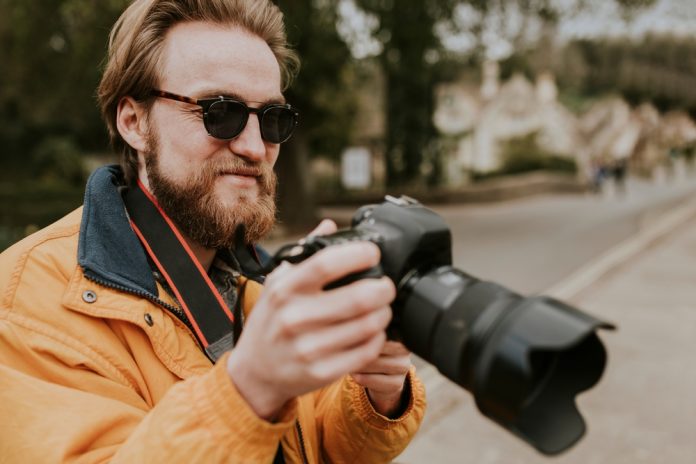Starting out in photography often means getting a camera with a kit zoom lens. These lenses are convenient, affordable, and versatile enough to cover a wide range of subjects, from landscapes to portraits. For many beginners, a kit zoom lens is the first step into the world of interchangeable lenses, offering a taste of creative control without overwhelming complexity.
But over time, most photographers notice the limitations of a kit zoom lens. The variable aperture can make low-light shooting frustrating, autofocus may feel sluggish, and sharpness can fall short when compared to higher-quality optics. Once you’ve spent time learning composition, lighting, and storytelling, you start to crave a lens that can truly keep up with your vision.
Upgrading from a kit zoom lens is one of the most impactful ways to elevate your photography. It opens up creative possibilities, improves image quality, and gives you a lens that feels like an extension of your camera rather than a compromise. With careful research and consideration, replacing your kit lens doesn’t have to be intimidating or expensive.
Table of Contents
- Why Upgrading Your Kit Lens Makes a Difference
- What to Look for in a Kit Lens Replacement
- Best Standard Zoom Upgrades for Versatility
- Prime Lenses: A Game-Changer for Creative Control
- All-in-One Zooms: Convenience Without Compromise
- The Power of Buying Used Lenses
- Why Buying Used from MPB Makes Sense
- Tips for Making the Switch Smoothly
- Enhancing Your Photography with the Right Lens
- FAQ
Why Upgrading Your Kit Lens Makes a Difference

Photo by GaudiLab via Shutterstock
A kit zoom lens is often a compromise. While it covers a useful focal length range, the optics are designed to keep costs low, resulting in lower sharpness and sometimes muted contrast. Fast-moving subjects can challenge autofocus, and low-light shooting often exposes the limitations of a variable aperture. For photographers who want to push their craft further, these constraints become noticeable.
Upgrading to a higher-quality lens offers tangible improvements. Better glass means sharper images, more vibrant colors, and greater detail in every shot. Wider apertures allow for creative depth-of-field effects and improved low-light performance. Stronger build quality and weather resistance give you confidence in challenging environments. Simply put, a quality lens transforms not only your images but also your experience behind the camera.
Beyond technical performance, moving past a kit zoom lens is about creative freedom. Once you’re no longer restricted by slower optics or inconsistent sharpness, you can explore portraiture, long exposures, or travel photography with more confidence. It’s a step that opens up possibilities and encourages experimentation, making photography more rewarding and fun.
What to Look for in a Kit Lens Replacement

Photo by Gajus via Shutterstock
When choosing a replacement for a kit zoom lens, several factors should guide your decision. First, aperture matters. Moving to a faster lens—like f/2.8 or faster—enhances low-light performance and allows for a shallower depth of field, giving portraits and detail shots a professional feel. Consistent aperture throughout the zoom range is a major benefit, especially for video or tricky lighting.
Sharpness and contrast are key indicators of optical quality. A replacement lens should provide noticeable improvements over your kit lens, with crisp details and vibrant color rendition across the frame. Autofocus performance also plays a role, particularly if you shoot moving subjects or events where timing is critical.
Build quality is another consideration. Metal or reinforced plastic housings increase durability, while weather sealing can protect against dust and moisture. If you travel or shoot outdoors frequently, these features make a meaningful difference in lens longevity. Finally, think about the focal range you need. Some photographers prefer sticking close to the kit zoom’s range for versatility, while others embrace primes or longer zooms for creative exploration.
Best Standard Zoom Upgrades for Versatility
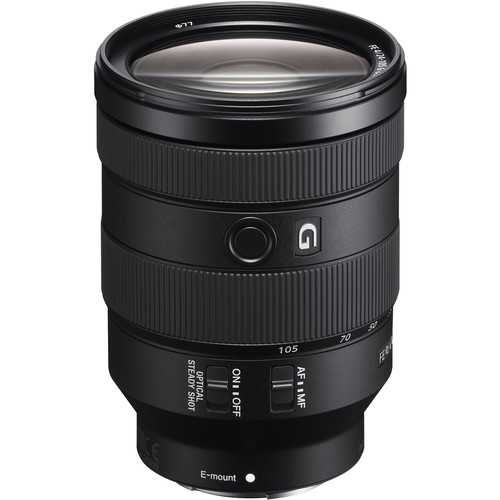
Standard zooms that mirror the kit lens’s focal range are often the first upgrade photographers consider. These lenses maintain versatility while offering superior optical quality. For Canon users, the RF 24-70mm f/2.8L IS USM provides consistent sharpness, a fast aperture, and image stabilization that makes handheld shooting easier. Sony shooters may prefer the FE 24-105mm f/4 G OSS (shown above), which balances range and performance with a constant f/4 aperture. Nikon’s Z 24-70mm f/4 S (shown below) is another excellent option, offering precise autofocus and strong sharpness without breaking the bank.
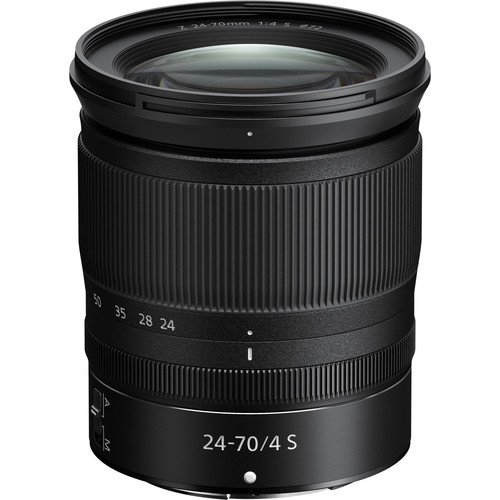
These lenses deliver clear improvements over most kit zoom lenses. Corners are sharper, chromatic aberration is reduced, and contrast is stronger. The faster or constant aperture gives more flexibility in low-light conditions, and the overall build inspires confidence when using the lens in real-world scenarios like street photography, travel, or family events.
Buying used versions of these lenses can dramatically reduce costs while still providing excellent performance. These are professional-grade optics that hold value, meaning you can access high-quality lenses without committing to brand-new prices. It’s an effective way to upgrade your kit zoom lens experience without compromise.
Keep Reading: Is an f/1.2 Lens Overkill? When You Really Don’t Need That Extra Stop of Light
Prime Lenses: A Game-Changer for Creative Control
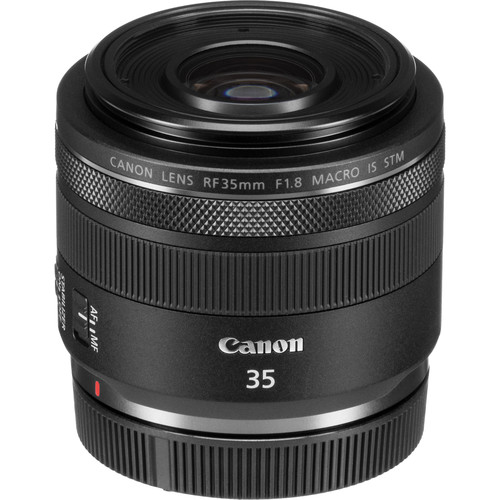
Primes are often overlooked by beginners but can be transformative for those ready to leave their kit zoom lens behind. With a fixed focal length, prime lenses offer sharper images, wider apertures, and more compact designs. They excel in portraits, street photography, and creative low-light scenarios.
For example, the Sony FE 50mm f/1.8 is lightweight, affordable, and incredibly versatile. Canon’s (shown above) is ideal for street, travel, and macro photography, giving you creative freedom with sharpness and detail. Nikon’s Z 50mm f/1.8 S offers superior optical quality and build for those seeking a professional feel in a small package.
Primes teach photographers to think differently about composition and perspective, as the fixed focal length requires deliberate framing. The wide aperture allows for smooth bokeh and subject isolation, offering a noticeable leap beyond what most kit zoom lenses can deliver. For many, adding one or two prime lenses alongside a kit zoom lens replacement can redefine their shooting style.
All-in-One Zooms: Convenience Without Compromise
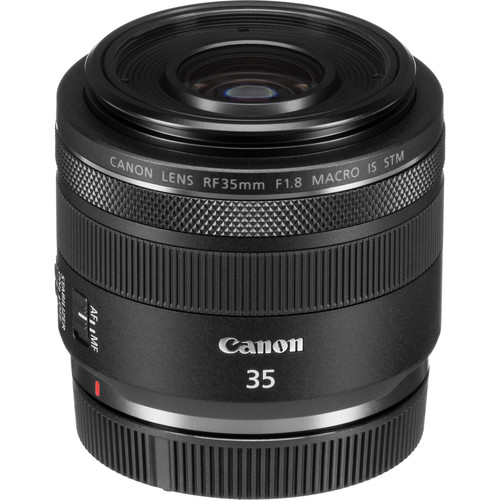
Some photographers prefer versatility without switching lenses constantly. All-in-one zooms provide a wide focal range in a single lens, reducing the need for multiple lenses while improving performance over a kit zoom lens. Tamron’s 28-200mm f/2.8-5.6 Di III RXD offers excellent optical quality for Sony mirrorless cameras, combining reach and sharpness. Canon’s RF 24-240mm f/4-6.3 IS USM (shown above) and Nikon’s Z 24-200mm f/4-6.3 VR (shown below) deliver similar flexibility for other systems.
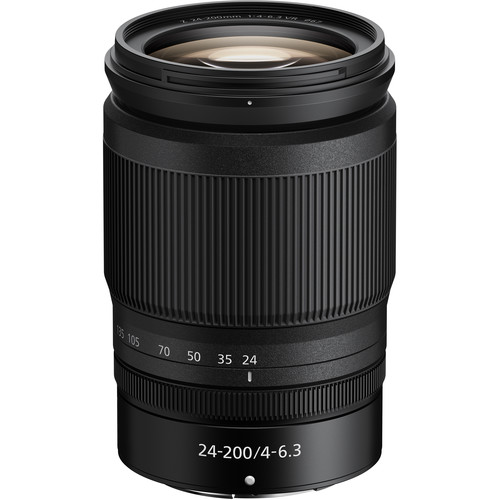
While not as fast as primes or standard zooms, these lenses offer significant upgrades in image quality over kit zoom lenses. They are ideal for travel, everyday shooting, and situations where lens changes are impractical. Many photographers find that an all-in-one zoom allows them to capture a range of scenes without compromise, making it a convenient step up from a basic kit lens.
Used all-in-one zooms can be found at competitive prices, providing an accessible option for photographers who want the freedom to explore without carrying multiple lenses. They strike a balance between convenience and quality, giving an immediate improvement over entry-level optics.
The Power of Buying Used Lenses
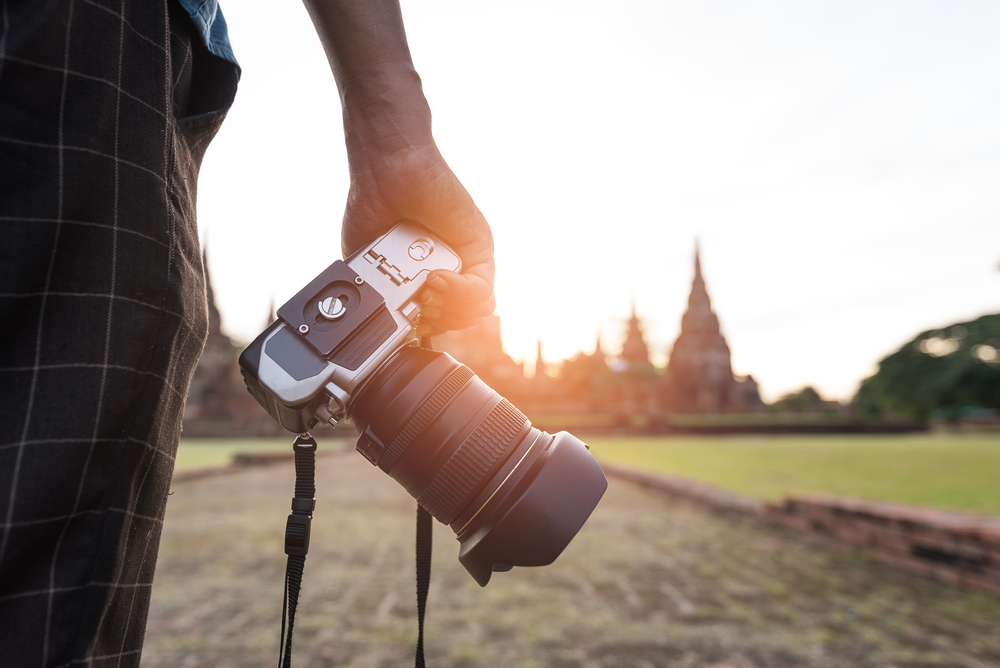
Photo by Virojt Changyencham via Shutterstock
Lenses often maintain excellent condition over time, making used purchases a smart way to upgrade. Unlike cameras, which are regularly replaced with new models, lenses are long-term investments. Buying used allows photographers to access higher-quality optics without paying full retail prices, turning a kit zoom lens upgrade into a realistic possibility for many budgets.
Platforms like MPB that specialize in used gear offer transparency about condition, previous use, and potential wear. This makes it easier to choose a lens confidently, knowing exactly what you are buying. For photographers, the benefits include lower cost, access to higher-end lenses, and the ability to trade or sell gear in the future without major loss.
Using used lenses also reduces the pressure to buy every new release. Many used lenses perform at or above the level of current kit zoom lenses, meaning your upgrade is immediate and impactful, rather than waiting for incremental improvements in newer models.
Why Buying Used from MPB Makes Sense

MPB is a trusted platform for photographers looking to buy, sell, or trade used gear. One of the main advantages is confidence. Most lenses come with a six-month warranty, giving buyers peace of mind. There’s also a seven-day return window in case a lens doesn’t meet expectations, which makes trying a replacement for your kit zoom lens low-risk.
MPB provides transparent condition ratings and fair trade-in values, helping you offset the cost of new purchases. Selling a kit zoom lens on MPB can directly fund an upgrade, making the transition smoother and more affordable. This platform ensures that buying used isn’t just cheaper—it’s smart, reliable, and straightforward.
For anyone upgrading from a kit zoom lens, MPB makes professional-quality lenses accessible and worry-free. Whether choosing a standard zoom, prime, or all-in-one zoom, the ability to shop used with warranty coverage and easy returns takes the stress out of investing in better glass.
Tips for Making the Switch Smoothly
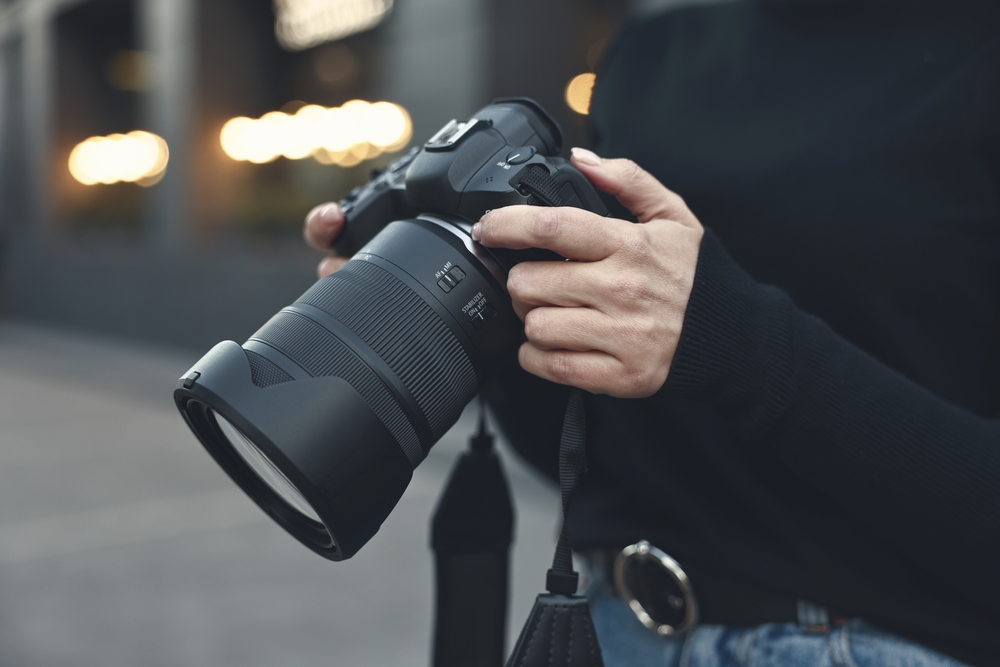
Photo by New Africa via Shutterstock
Transitioning from a kit zoom lens to a higher-quality replacement can be exciting but requires a bit of adjustment. Begin by testing your new lens in familiar environments to understand how it handles different lighting and focal lengths. This helps build confidence before tackling more challenging shoots.
Selling or trading your kit zoom lens can help offset costs. Platforms like MPB make this easy while ensuring you receive fair value. When trying a prime for the first time, practice composition and framing at the fixed focal length to make the most of the creative benefits. A standard zoom replacement often requires fewer adjustments but may need attention to autofocus settings and stabilization.
Finally, investing in basic accessories like lens hoods, protective filters, and cases can extend the life of your new lens and improve everyday shooting. Treating your upgrade as a long-term investment ensures it continues to serve your photography journey for years.
Enhancing Your Photography with the Right Lens

Photo by encierro via Shutterstock
Replacing your kit zoom lens is more than just acquiring better optics—it’s about opening up creative possibilities. Whether you choose a fast prime, a standard zoom, or an all-in-one lens, the right choice helps you capture images with clarity, vibrancy, and intention. The upgrade expands both technical and artistic capabilities, making photography more enjoyable and rewarding.
Used lenses from reputable platforms like MPB make professional-level glass attainable. They offer quality, reliability, and value, helping photographers leave the limitations of a kit zoom lens behind. Embracing an upgrade can reignite excitement for photography, encouraging experimentation with new subjects, lighting, and compositions.
Ultimately, the best lens replacement is one that fits your style, needs, and budget. By choosing wisely and considering used options, you can elevate your photography and enjoy a lens that truly feels like an extension of your creative vision.
FAQ
What is a kit zoom lens?
A kit zoom lens is a standard zoom lens that typically comes bundled with a camera. It covers a useful range of focal lengths, usually 18-55mm, and is designed for beginners to explore multiple photography styles.
Why should I replace my kit zoom lens?
Kit zoom lenses are convenient but often limited in sharpness, aperture, and build quality. Upgrading allows for better low-light performance, creative depth-of-field control, and higher overall image quality.
Are prime lenses better than zooms?
Prime lenses have fixed focal lengths but offer sharper images, wider apertures, and more compact designs. They are excellent for creative control but less versatile than zooms in terms of framing flexibility.
Can I buy used lenses safely?
Yes. Trusted platforms like MPB provide warranties, return policies, and transparent condition ratings, making buying used lenses low-risk and cost-effective.
Which lens type is best to replace a kit zoom lens?
The best replacement depends on your needs. Standard zooms offer versatility, primes provide creative control, and all-in-one zooms combine convenience and reach. Used options make each type more accessible.
A quick heads-up: If you snag something through our affiliate links or check out our sponsored content, we might earn a commission at no extra cost to you. But fear not, we’re all about recommending stuff we’re truly stoked about!
Learn More:
- Best Zoom Lenses for Landscape Photography: Top Focal Ranges and MPB Buying Tips
- The Basics of Camera Lenses
Hero photo by Rawpixel.com via Shutterstock

